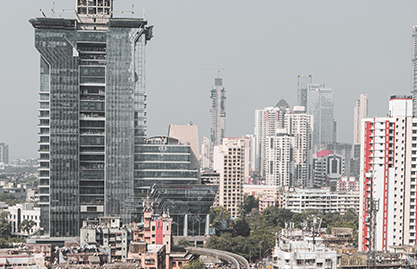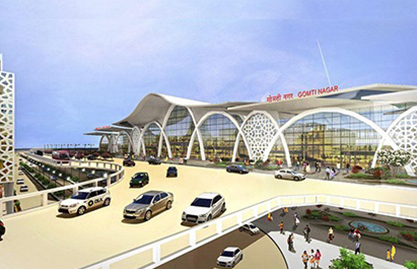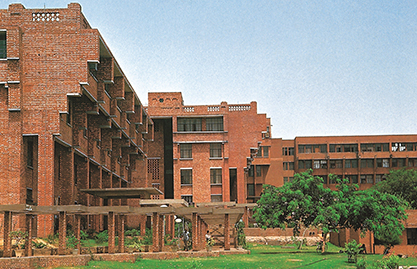What can the Union Budget do for the Real Estate Sector?

The Indian Union Budget is rolled out annually on the first day of February. With its effects on each sector, the budgets must address relevant issues every year. It must be responsive to the current fiscal situation. In addition, the budget should also respond to the market demands and address short and long-term goals for any sector. Like every industry, the AEC (Architecture, Engineering, and Construction) sector is also affected by the developments that the budget brings. What kind of investment does the real estate sector require today? What does the Union Budget 2023-24 have in store for the AEC sector?
Previous Budgets and the Real Estate Sector
The prioritization of funding to urban development programmes like the Smart Cities Mission, AMRUT, and Pradhan Mantri Awas Yojana, by the past few budgets, has encouraged positive urban growth in India. Urban planning and development was a significant focus area in last year’s budget. While presenting the previous budget, the finance minister emphasized the orderly urban development for megacities to become centers of economic growth.
One of its key moves was the introduction of five centers of excellence, which would offer higher education in India-specific urban planning and design, creating a pool of experts who can further aid India’s urban development efforts. The Finance Minister announced the five centers of excellence for India's urban planning, estimated to cost around Rs 250 crore each.
What to expect from the Budget on Urban Development today?
As India is undergoing rapid urbanization, the rate of rural-to-urban migration is continually increasing. By 2030, as much as 40 percent of the Indian population will live in cities. To accommodate this ever-increasing urban population, an ideal budget can focus on improving the nation’s urban infrastructure through urban development programmes such as AMRUT (Atal Mission for Rejuvenation and Urban Transformation) and the Smart Cities Mission. The budget could also emphasis creating educational institutes, national and local healthcare centers, and improving public transportation, as they will be critical drivers of the economy over the next few years.
At the COP-26 held in 2021, India committed to achieving net zero carbon emissions by 2070. Just like the dedicated fund introduced for the Smart Cities Mission, the budget should ensure dedicated funds to enable us to stand by this promise. This investment would facilitate on-ground implementation of policies to tackle climate-change effects, such as clean-energy transition schemes, carbon and energy taxes, and more.
Key Takeaways from the Union Budget 2023
The Union Budget 2023-24 has prioritized green growth, which will reduce carbon emissions and create jobs in the green infrastructure sector. The center’s push to develop smart and sustainable tier-1 and tier-2 cities, with a special emphasis on their thoughtful urban planning, will go a long way in avoiding disasters and natural calamities. While presenting the budget, the Finance minister said that this would encourage states and cities to take up urban planning.
According to her, the outlay of Rs. 35,000 crores for green infrastructure growth and an additional Rs 19,700 crore towards the government's Green Hydrogen Mission to lower carbon intensity will push India to achieve its commitment to achieving net-zero carbon emissions by 2070. Additionally, the impetus on waste management measures, such as the segregation of dry and wet waste, will ensure a cleaner and healthier India. The addition and emphasis on setting up Centers for Excellence will also go a long way in advancing research efforts in multiple domains.








